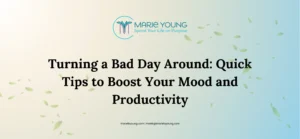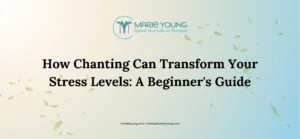If you are like most people, at some point during a time of stress, some well-meaning person has told you to take a deep breath. This statement may have perplexed and even annoyed you because it’s more difficult to breathe deeply when you are stressed.
Said person might not have known it, but when they said breathe deeply, they were talking about diaphragmatic breathing.
Diaphragmatic breathing happens when your diaphragm, a muscle, contracts and helps to pull air into your lungs. Your belly expands but your chest does not rise significantly. This type of breathing happens naturally with children and in adults during times of relaxation.
You can also intentionally breathe this way, which makes it easier to do during times of stress.
One of the many miraculous aspects of breathing is that is can be both a voluntary and involuntary act. This means you can control it when you want to but you don’t have to consciously think about it all the time for it to happen (thank goodness).
Another type of breathing is chest breathing. Chest breathing can promote states of wakefulness and alertness, which can also be helpful when you need them. It is also often our default breathing method and occurs particularly during times of stress.
The issue with chest breathing becomes one of balance—are you doing it too much? If so, you may experience or worsen feelings of anxiety and dis-ease.
Diaphragmatic breathing offers a way to balance the effects of chest breathing.
The benefit here is that diaphragmatic breathing relaxes the body and slows the mind. It can help calm anxiety. It also boosts nitric oxides levels and increases your sense of well-being.
Starting a Diaphragmatic Breathing Practice
The good news is that you can consciously increase your diaphragmatic breathing skills. Read the following steps to start a diaphragmatic breathing practice (or whenever you are experiencing anxiety or worry or want to increase nitric oxide).
Note: If you are stressed when you begin, this may feel uncomfortable. Remember to breathe as deeply as is comfortable for you. If you begin to feel dizzy or light-headed, stop and try again later. Over time, it should get easier but always monitor yourself and stop when you feel you need to.
- Set your phone timer for 3-5 minutes depending on how long you have.
- Close your eyes. Take a quick mental snapshot of your mind. Do you feel crazy with thoughts and things to do? Just note that.
- Place your hand on your belly around the navel.
- Inhale and as you inhale, allow your belly to rise as much as it comfortably can. You will feel your hand rise with it. Allow the backside of your belly to expand as well.
- As you exhale, feel your hand fall.
- Repeat until the timer goes off. Once it does, close your eyes and take another mental snapshot of your mind. Have the thoughts slowed? How does your body feel?
You may want to experiment and see how many times per day you need to do this. If you are feeling particularly anxious or worried, you could commit to doing this every two hours. Any time you can give to it will raise nitric oxide levels and help protect your nervous system from too much stress.






